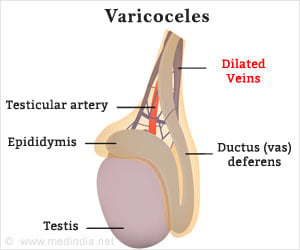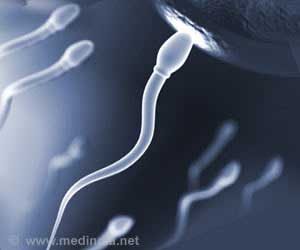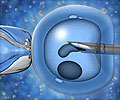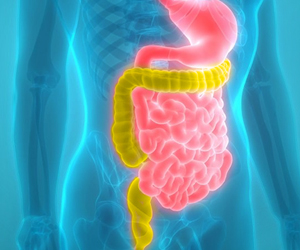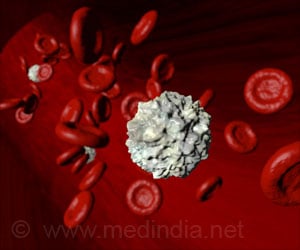Varicocele leading to male infertility can now be detected using new biomarkers and automated DNA extraction for fertility testing.

- Varicocele affects sperm quality and fertility leading to male infertility
- Biomarkers MDB and fDFA outperform DNA fragmentation index in infertility prediction
- Automated DNA extraction systems can improve fertility testing and be used clinically
DNA breakpoints and free DNA fragments as potential predictors of infertility
Go to source).
Varicoceles, swollen veins in the scrotum, affect 15% of men & can impact fertility! #varicocele #infertility #maleinfertility #medindia’
Varicocele and Male Fertility
Varicocele is present in about 15% of the general male population, with a significant impact on fertility. Varicoceles are common and often undetected throughout life, around 80% of men with varicoceles can conceive with their partners without any medical procedures and surgeries (1✔ ✔Trusted SourceDNA breakpoints and free DNA fragments as potential predictors of infertility
Go to source).
It is caused by the abnormal enlargement and twisting of veins in the scrotum, leading to increased temperature, reduced oxygen supply, and accumulation of harmful waste products. These factors can disrupt the development of healthy sperm, causing problems in both sperm quality and quantity. Approximately 35% of men with varicocele face primary infertility, while 80% may experience challenges with secondary infertility.
The study published in Nature focused on DNA fragmentation, a key issue linked to infertility. They analyzed sperm samples from 42 men with varicocele and 22 healthy men for their sperm count, vitality, DNA fragmentation index (DFI), and biomarkers for DNA damage.
Two new markers, the mean number of DNA breaks (MDB) and free DNA fragments in seminal plasma (fDFA) were analyzed using the TDT-Strand Displacement Probe Technique to study DNA health.
Biomarkers for Detecting DNA Damage
DFI is a sperm chromatin structure assay (SCSA) method used to find the percentage of sperm with DNA damage. However, it can detect changes at the cellular level and not at the molecular level. MDB can detect the exact number of DNA breakpoints and fDFA measures the number of free DNA fragments released into the seminal fluid that are more accurate than DFI.Results showed higher levels of DFI, MDB, and fDNA in men with varicocele. Men with varicocele had significantly higher levels of DNA damage compared to healthy men. A combination of MDB and fDFA provided a much better prediction of infertility compared to using DFI alone. These new markers can be used efficiently to detect fertility issues in men with varicocele.
Automated DNA Extraction for Fertility Testing
Researchers developed automated DNA extraction systems to make these new tests practical for clinics. This reduces the time by making the process more efficient and affordable.However, there are some challenges since the study had a small sample size. Studies with large sample sizes are needed to confirm these findings. Oxidative damage on 8-oxo guanine marker was not studied in this research. More researches are required to address these gaps to provide a complete understanding of sperm DNA damage in varicocele-related infertility.
Reference:
- DNA breakpoints and free DNA fragments as potential predictors of infertility - (https://www.nature.com/articles/s41598-024-81252-x)
Source-Medindia



